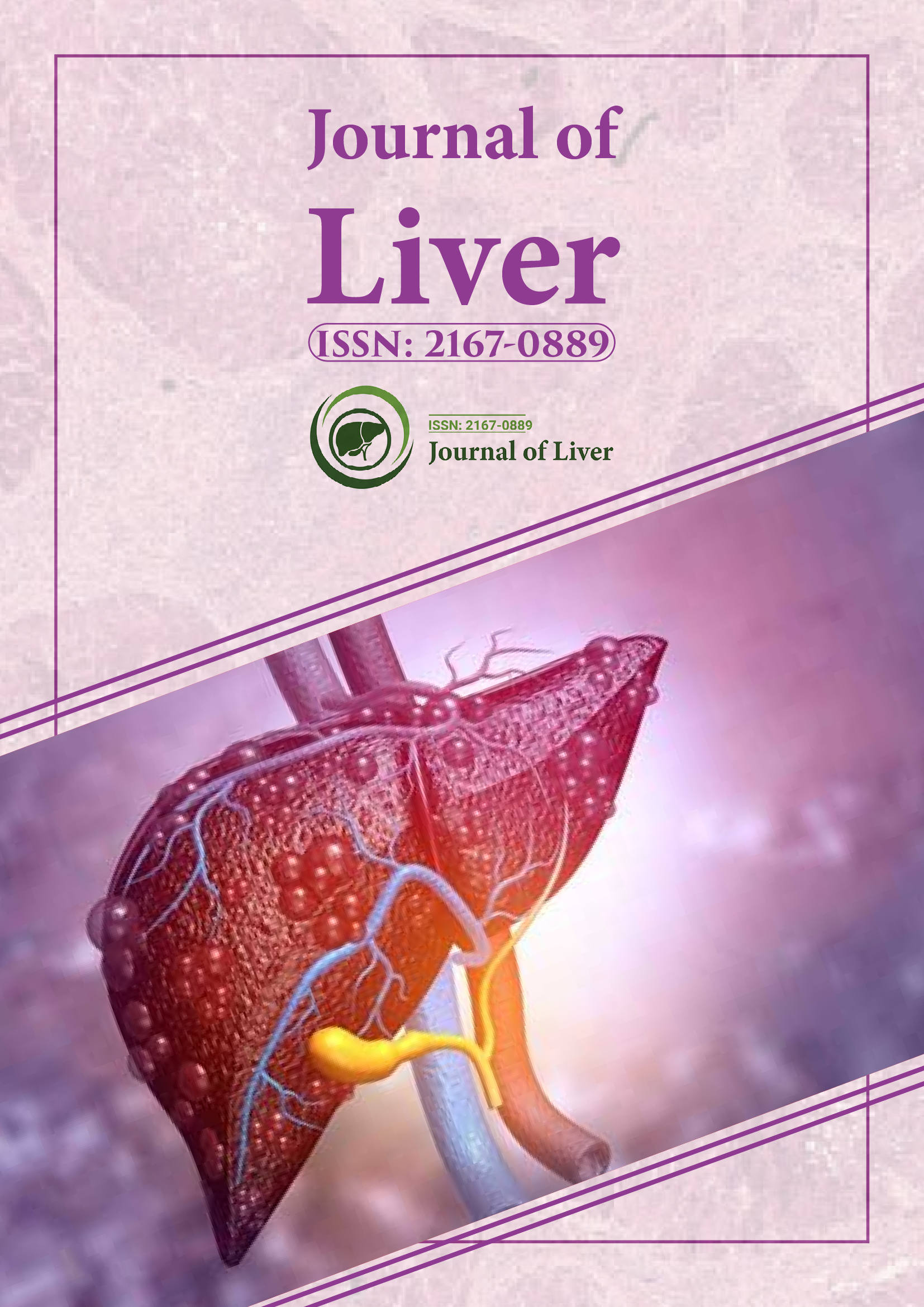Indexé dans
- Ouvrir la porte J
- Genamics JournalSeek
- Clés académiques
- RechercheRef
- Université Hamdard
- EBSCO AZ
- OCLC - WorldCat
- Publions
- Fondation genevoise pour la formation et la recherche médicales
- Google Scholar
Liens utiles
Partager cette page
Dépliant de journal

Revues en libre accès
- Agriculture et aquaculture
- Alimentation et nutrition
- Biochimie
- Bioinformatique et biologie des systèmes
- Business & Management
- Chimie
- Génétique et biologie moléculaire
- Immunologie & Microbiologie
- Ingénierie
- La science des matériaux
- Neurosciences & Psychologie
- Science générale
- Sciences cliniques
- Sciences environnementales
- Sciences médicales
- Sciences pharmaceutiques
- Sciences vétérinaires
- Soins infirmiers et soins de santé
Abstrait
Hepatopulomnary Syndrome among Cirrhotic Patients in Upper Egypt: Prevalence, Clinical Presentations and Laboratory Features
Nahed Ahmed Makhlouf, Ali Abdel Azeem, Hoda Ahmed Makhlouf, Ehab Abdou Moustafa and Mohamed Abdel Ghany
Background: The prevalence of Hepatopulmonary Syndrome (HPS) ranges from 5 to 32% from livertransplantation centers. Egypt is considered as one of the highest countries in prevalence and incidence of bilharizial peri-portal fibrosis and Hepatitis C Virus (HCV) induced liver cirrhosis. Clinical, radiological and laboratory features of HPS were not widely assessed. Objectives: To determine the prevalence, clinical features and laboratory features of HPS among Egyptian cirrhotic patients. Patients and Methods: Our study included 570 cirrhotic patients. Arterial blood gases analysis, chest X-ray, pulmonary function tests and transthoracic contrast echocardiography for detection of pulmonary vasodilatation were done for patients with partial pressure of arterial O2<80 mmHg. Also, clinical and laboratory features were assessed. Diagnostic criteria of HPS in cirrhotic patients include arterial hypoxemia and pulmonary vascular dilatation on contrast enhanced echocardiography. Results: The prevalence of HPS among patients with liver cirrhosis was 4.2%. Patients with HPS had more severe cirrhosis, as determined by advanced Child-Pugh Grade. The presence of dyspnea, platypnea, clubbing, and orthodoxia was significantly higher in patients with HPS when compared to cirrhotic patients (P value<0 .001). In HPS, right pleural effusion and bilateral basal shadows were the commonest radiological findings (20.8% while chest X- ray of most patients with liver cirrhosis was normal (85%) (P value<0.05). There was a significant decrease in PaO2 and O2 saturation (P<0.001 for each) but a significant increase in P (A-a) O2 in patients with HPS versus cirrhotic patients (P<0.001). Patients with HPS showed a restrictive dysfunction in 59.3%. Conclusion: The prevalence of HPS among cirrhotic patients was 4.2%. The presence of dyspnea, platypnea, clubbing, orthodoxia and arterial hypoxemia were the commonest feature. Right pleural effusion and bilateral basal shadows were the commonest radiological findings.